How Yoga and Meditation can Help During Lockdown
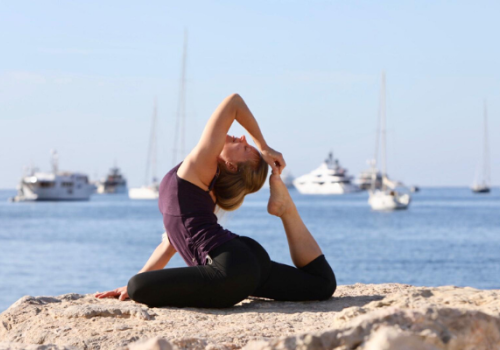
As COVID-19 continues to spread, all of us are facing the challenges of an unknown, particularly difficult life situation. It affects all fields of our lives, from private to professional, and requires quick adaptation and acceptance.
Physical isolation and the fear of an uncertain future can lead to strong emotions and increased anxiety, so in the following article I would like to introduce you to the power of conscious breath, yoga and meditation in managing mental health.
"Life is 10% what happens to you and 90% how you react to it." Charles R. Swindoll
We can’t control all things in our lives, but we can learn to adjust our way of thinking to make the best out of the situation. Learning to control our emotions and become more resilient is key when facing any challenging life situation.
What happens to the body during highly stressful situations?
Firstly, the brain, the hypothalamus turns on the 'fight or flight response' and the whole body gets affected by the neurochemical changes of the stress signals. This is an innate function of the human body to be able to act properly in dangerous situations. After the emergency passed, the body is supposed to become calm again and rest. However, if this does not happen, chronic stress will occur with all of its overall health risks endangering all systems of the body.
How can yoga and meditation help coping with stress?
Body and mind techniques work directly on the neuroplasticity of the human brain by rewiring and restructuring it.
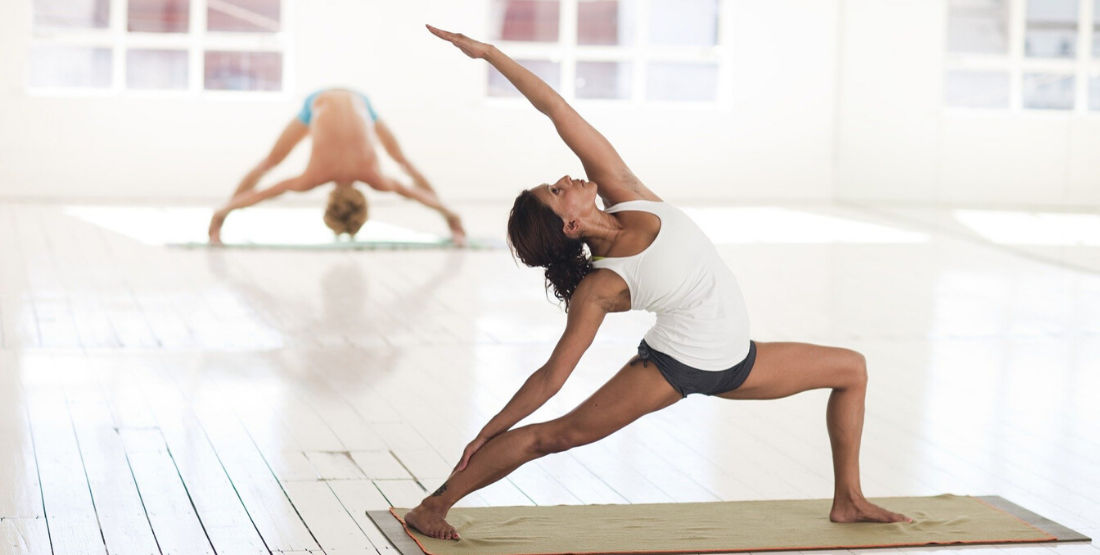
In his research on the benefits of mindfulness-based practices, Neuroscientist Richard Davidson of the University of Wisconsin compared the brain images of Buddhist monks with those who did not practice meditation. As a result, he found that the brain can build itself by silencing the stress response and activating the relaxation. This leads to a chain of further improvements impacting the physical and emotional body as well.
Breathing
The breathing is one of the most powerful stress management tools we have, simply because it is always with us. Eastern traditions and Western sciences both are emphasising its use.
Breathwork stimulates the vagus nerve, responsible for the parasympathetic control of the body, therefore controlling the relaxation- response. Deep abdominal or diaphragmatic breathing with the ratio of spending longer time in exhalation than inhalation helps to de-stress the body.
Yoga
Yoga is much is more complex than a sequence of exercises working on the flexibility of your body. Most practitioners start with the physical practice, the asanas, which are traditionally connected with breathing and the gaze. They help to draw the attention inward, and to balance the nervous system.
No wonder, that Harvard Medical School recommends practicing yoga to combat anxiety at times of the coronavirus.
Traditionally, the goal of practicing the system of yoga is to quiet the mind, and stop the mental chatter- called 'chitta' in Sanskrit - by learning to control ourselves. The name yoga itself originates from the Sanskrit word "yuj" which means union, the connection of the body the mind and the spirit. In our Western world, yoga is often associated with a form of exercise or spiritual practice, however, the asanas, the different postitions are just one of the eight limbs of yoga. Breathing (pranayama), concentration (dharana) and meditation (dhyana) are part of this complex system too.
Meditation
There are countless myths and misconceptions about meditation today, which makes people think that it is a very difficult spiritual practice with prolonged sitting in uncomfortable positions, and the goal is to create complete emptiness in the mind.
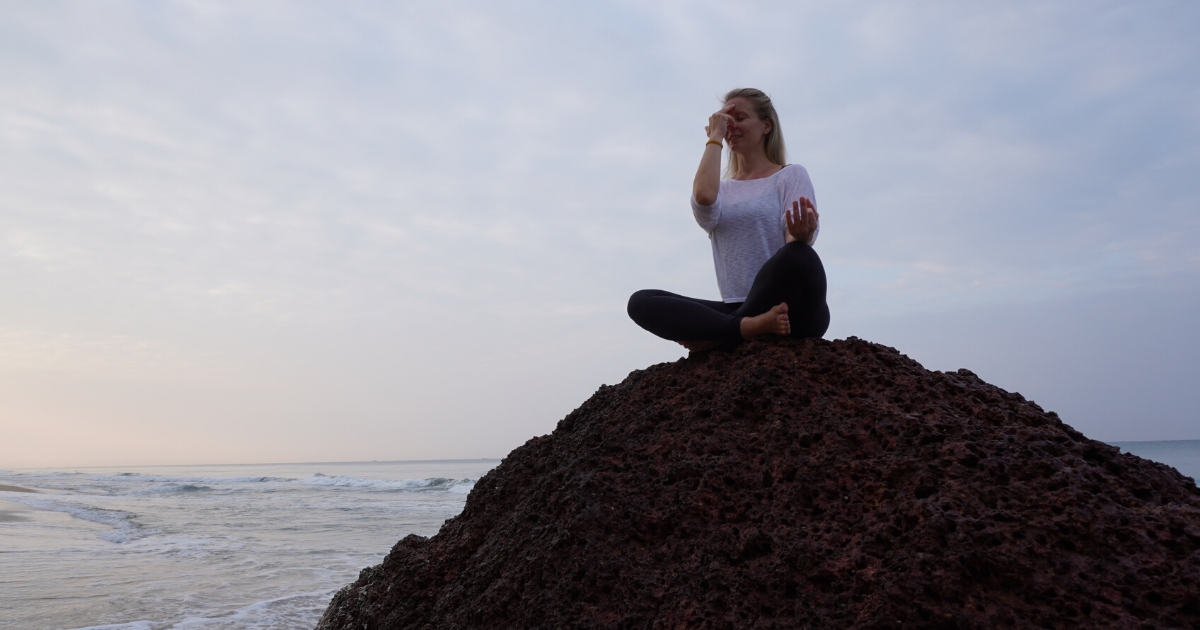
Approximately 50,000 to 90,000 thoughts are rushing through our minds daily. Our brains are overworking, and multifunctioning, and switches to an auto-pilot mode, when actions are taken without thinking about them consciously. In the long term, this can to a superficial focus, increased stress, insomnia and many further symptoms.
The goal of meditation is not to stop the mind, but instead to shift the attention. This helps to balance emotions in difficult times. Meditation can be approached in a million ways, depending on what suits your personality, your goals, preferences.
-
Focus on your breath/on a phrase/something visual
-
Regularity: create a routine
-
Length: short or long, depending on your preference
Find triggers: triggers are tools for a short opportunity to build new habits, and keep up regularity. A signal can be anything, from traffic lights to a certain object, or action, and we can train our mind to shortly change the focus when seeing this trigger.
Sitting meditation: any comfortable sitting position, that keeps your spine elongated. Unless practicing a visual meditation, like gazing a candle, close your eyes, to be able to draw the focus inwards. One of the most simple techniques is to observe your breathing. You can also focus on different bodily sensations, or sensations happening around your, like observing sounds, smells of the surrounding environment.
Walking/running meditation: focus on the sensations of the body during the movement. Observe your thoughts and emotions.
In the yogic tradition, the practitioner can work on the concentration, but one cannot teach it or do it. With consistent practice and taming of emotions and senses, one can reach a meditative state.
Other mindfulness techniques
-
Body scan meditation is usually performed lying on your back. The key is to bring attention to different parts of the body and release one after the other.
-
Visualization techniques: work with the imaginative power of the brain by creating a mental image. Guided visualizations include all senses - see, feel, taste, smell, hear- when creating imagery. It is a technique very often used by Applied Sport Psychology in the mental training of professional athletes.
-
Mindful daily routine: everyday routine turned into more aware action, for instance making the bed, cooking, showering, brushing teeth, etc.
-
Mindful eating: use these times of your day as a moment to slow down. Focus on the flavours and texture of your meal, eat according to your hunger, try to focus on the action and avoid distracting habits like checking your phone, watching TV during mealtime. A little more consciousness will lead you to the feeling of satiety, smarter food choices and make you avoid overeating.
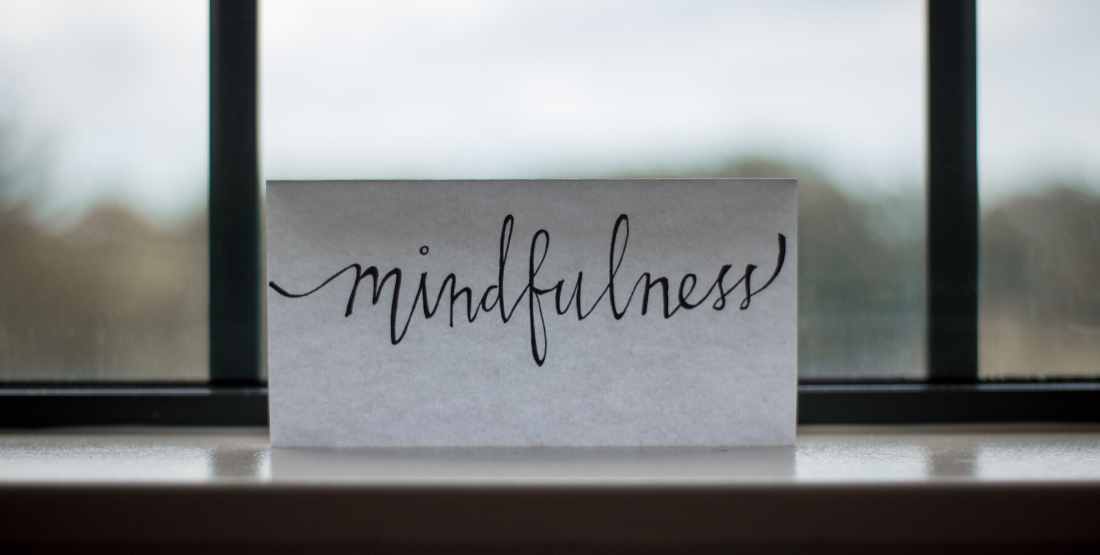
How to practice yoga and meditation during coronavirus lockdown
-
Online lessons/phone applications: with the start of the lockdown and self-quarantine weeks, an incredible amount of lessons are offered by different platforms and individual yoga and meditation teachers. These vary between free and paid sources, drop-in lessons and membership programs as well.
-
Live streaming and private consultations: during a live lesson, you are connected with your teacher, and can feel the virtual presence of many other students, when joining a group lesson. In a private session, the exclusive attention of the teacher is on you.
-
Self-practice: If you have a little experience, I would like to encourage you to practice on your own. Self-practice requires a higher level of consciousness and motivation and enables you to keep your focus more inward.
As you can see, there are countless ways to add a little more consciousness to your days. Within a few weeks of consistent practice, any of the above techniques will bring a change to the life of those, who are willing to give a try.
A piece of final advice from me: The best way to start is to start.
For more information, please contact Reni from Balance & Core at:
Email: hello@balanceandcore.com
Tel: +33 (0) 695 404 247
Web: www.balanceandcore.com
Images: Pixabay, Unsplash
About Reni - Balance & Core
Reni is a freelance RYT-500 yoga teacher, Personal trainer, Dipl. Health Improvement Manager, Thai Yoga Bodywork practitioner with 11 years of teaching background. She is internationally trained, and over the past decade, she has been conducting various fitness and wellbeing programs in living in six countries on three continents.
Reni lives on the French Riviera and gives private yoga and fitness lessons at the place of choice, corporate health improvement programs, and organizes workshops, outdoor classes in the area. She teaches on yacht charters in the Med region and overseas, to make the holidays on board to a wholesome experience. As a health professional, she emphasizes the holistic wellbeing of her clients. Besides the physical aspects of a lesson, mindfulness-based techniques help to calm the mind.
Images: Reni Horvath, Pixabay, Unsplash

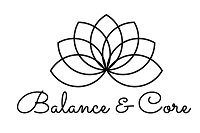
Post your comment
You cannot post comments until you have logged in.
Login to post a commentComments
No one has commented on this page yet.
RSS feed for comments on this page | RSS feed for all comments